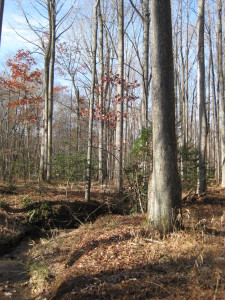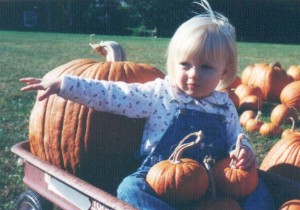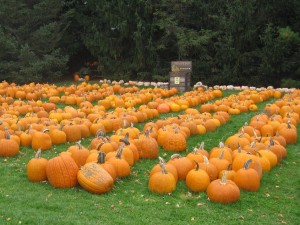I prefer to avoid overhead lights whenever possible. They scream institution: school, office, hospital, the DMV, and perhaps worst of all, the department-store fitting room. They drone on of chores and unpleasantness. Best to use them, I believe, under only three circumstances:
- 1. To quickly (and briefly) illuminate a dark room upon entry (to avoid falling over the dog or some misplaced, unexpected obstacle).
- 2. When cleaning, as in vacuuming, scrubbing floors and dusting.
- 3. In case of emergencies.
Nothing makes a room or its inhabitants look sadder and more forlorn than a ceiling light casting its cold and dismal glow. The light is either too harsh or too dim. The angle is all wrong. I suspect there are untold numbers of people unwittingly suffering a diminished quality of life because they persist in flicking on the overhead switch, and leaving it on.
Were they to employ a decent-looking table lamp instead of the ceiling light, a space that once appeared mournful and dejected might become cozy and pleasant. They might find themselves inexplicably cheerier.
I’ve acquired lots of lamps over the years, mostly at flea markets, yard sales and antique stores. Others were gifts from my mother, from whom I acquired my distaste for ceiling fixtures. Our house probably has too many lamps. In December, some of these are relegated to the basement. Christmas demands a softer, warmer, more festive glow than most lamps can offer. The outside of our house gets its special holiday treatment, and the inside is not neglected.
During the Christmas season, the optimal sources of interior illumination, I believe, are strands of small clear white lights. To some degree, they mimic the effect of candlelight. Yet compared to candles, they involve considerably less mess and threat of fire. I discovered the charm of such lights one year as we were preparing for our annual holiday party. Now we decorate for the party and keep the lights up through Epiphany, January 6.
White lights peek out from the ivy at the feet of the large nativity figures occupying the tops of the TV armoire and the adjacent bookshelves. They’re entwined in garlands on the stair banister, atop the secretary in the living room, the sideboard in the dining room, and sometimes on top of the piano.
They adorn our big Christmas tree in the living room, typically a blue spruce. In the first years of our marriage, before a child came along to distract me, I spent the better part of two days wrapping nearly every branch with lights, for a total of about 1,300. Now, I lack the time to be so obsessive (at least in that regard).
White lights decorate our several small artificial trees, like the alpine trees above in the dining room. ( I found that one of these trees alone appears bedraggled and pitiful, but a grouping of three is just right. We hang our homemade pinecone and cork creatures, pasta and seashell angels on these trees. See posts from December 2011.)
Around 5 PM each evening, as the winter night settles in, I start plugging in the many strands of lights. (Unfortunately my husband has not developed a one-switch system, as he has with the electric candles in the windows and the exterior spotlights.) Our rooms begin to glow, as if enlivened by tiny stars. I am reminded that we are in a special season, a time when we focus on the miraculous light that God sent to shine in our dark world.
The manger scene atop the bookshelves.
The nativity figures are so large that the magi and their well-dressed camel occupy the armoire on the adjacent wall.
White lights add a warm glow on the dining room sideboard.














































